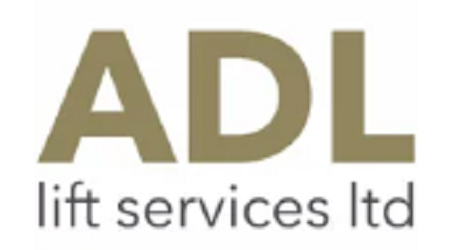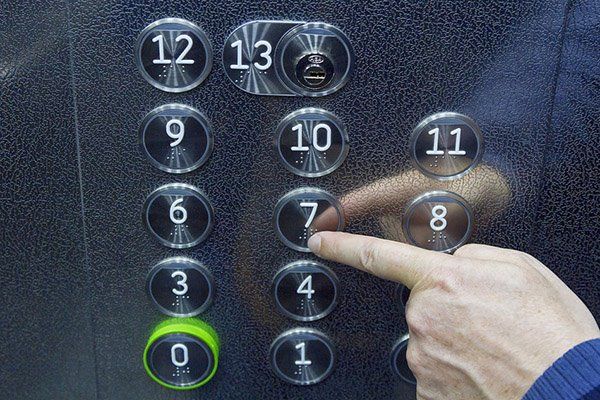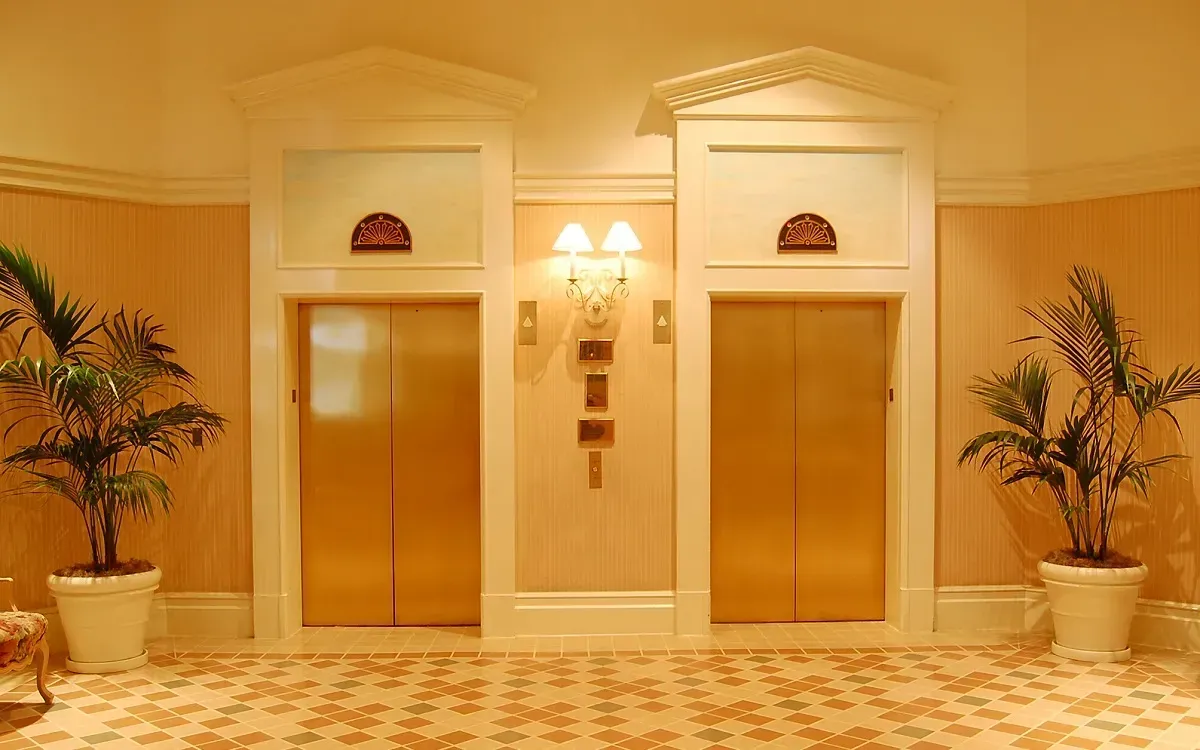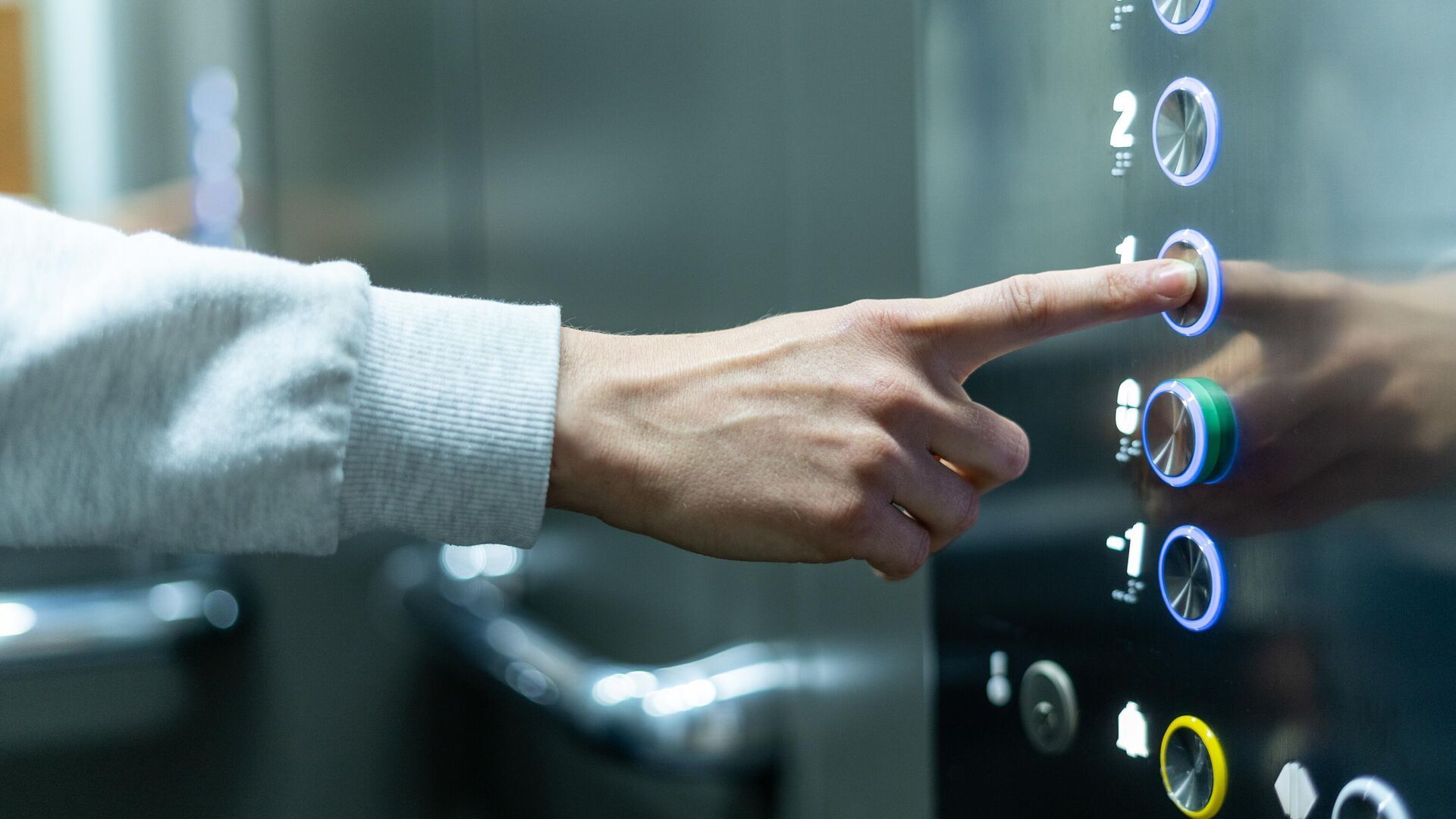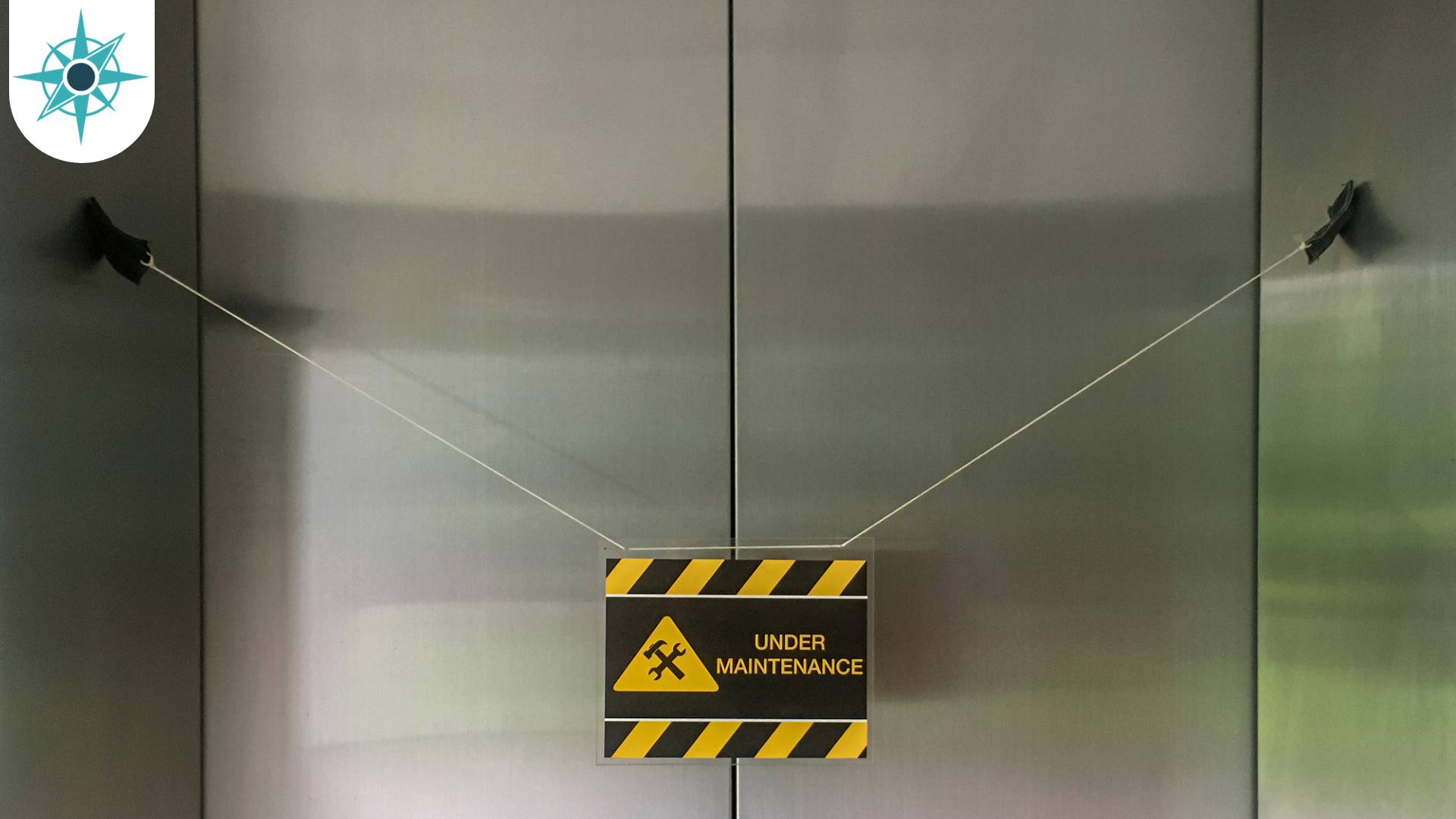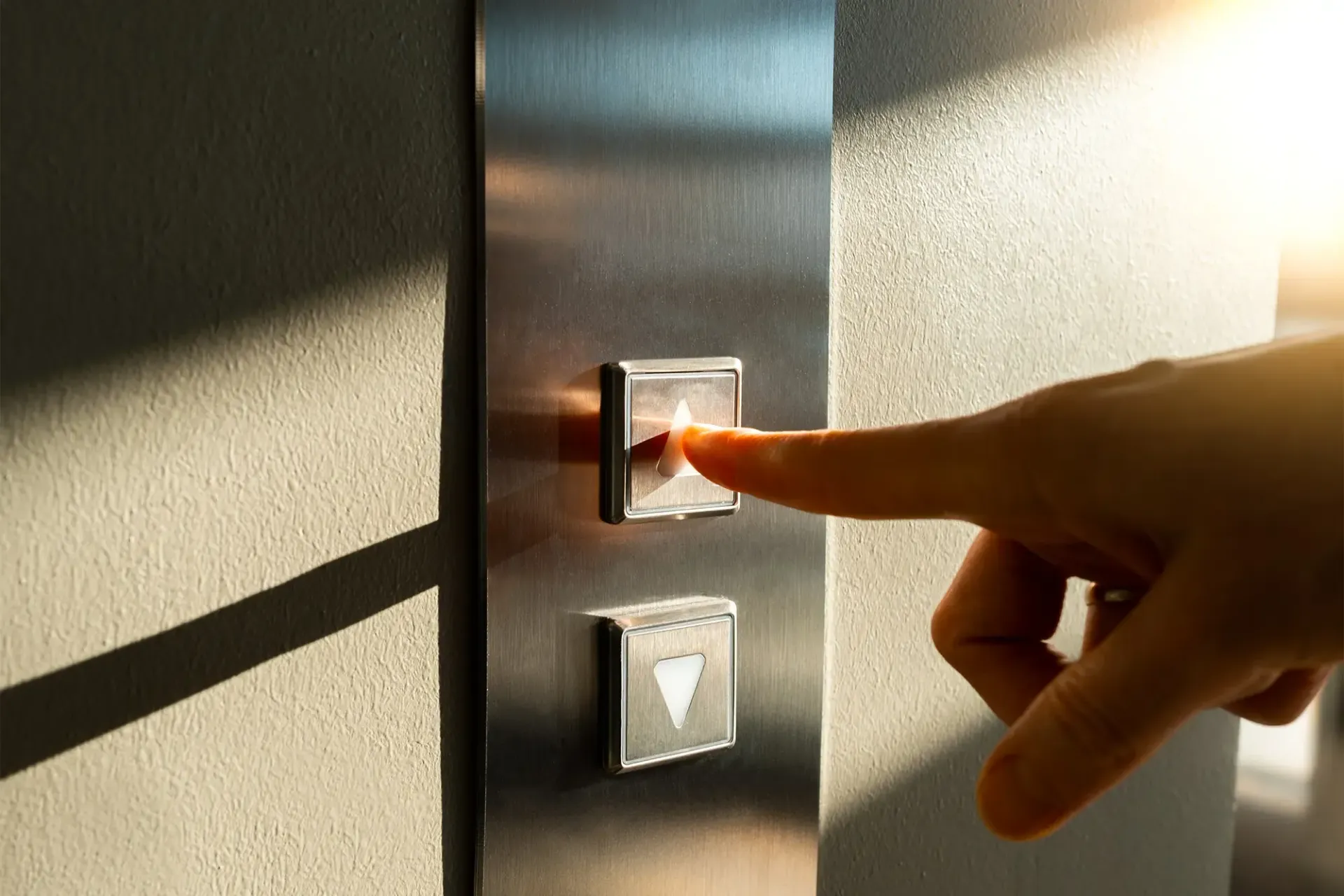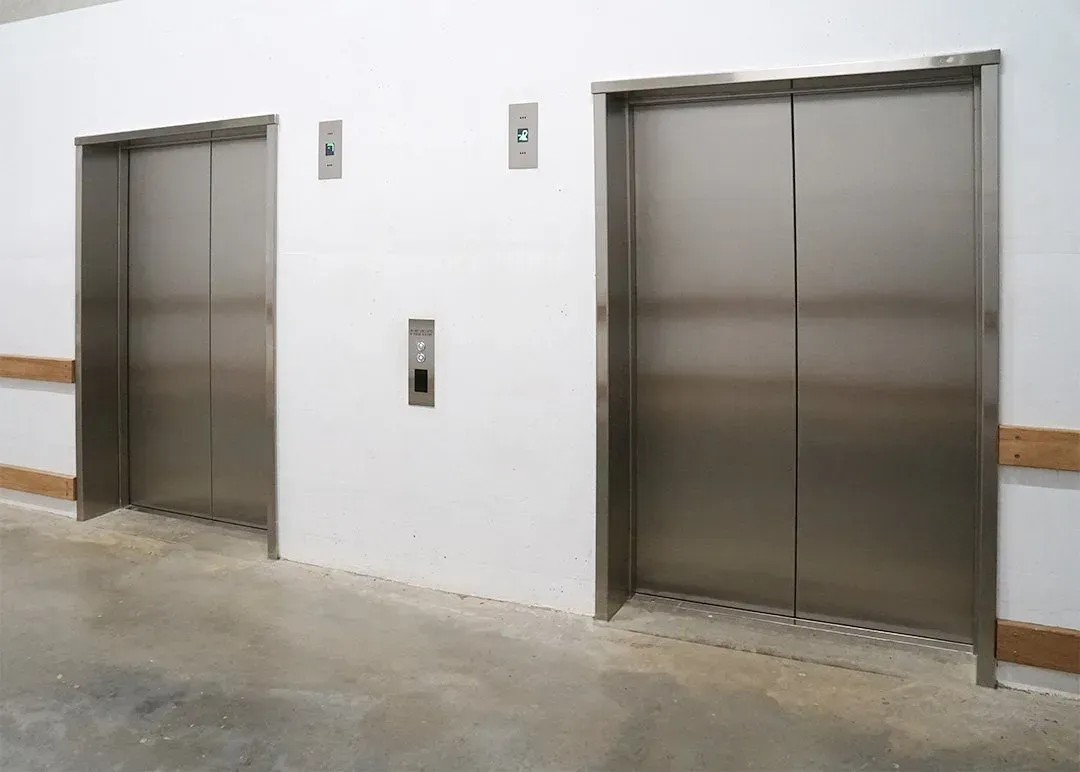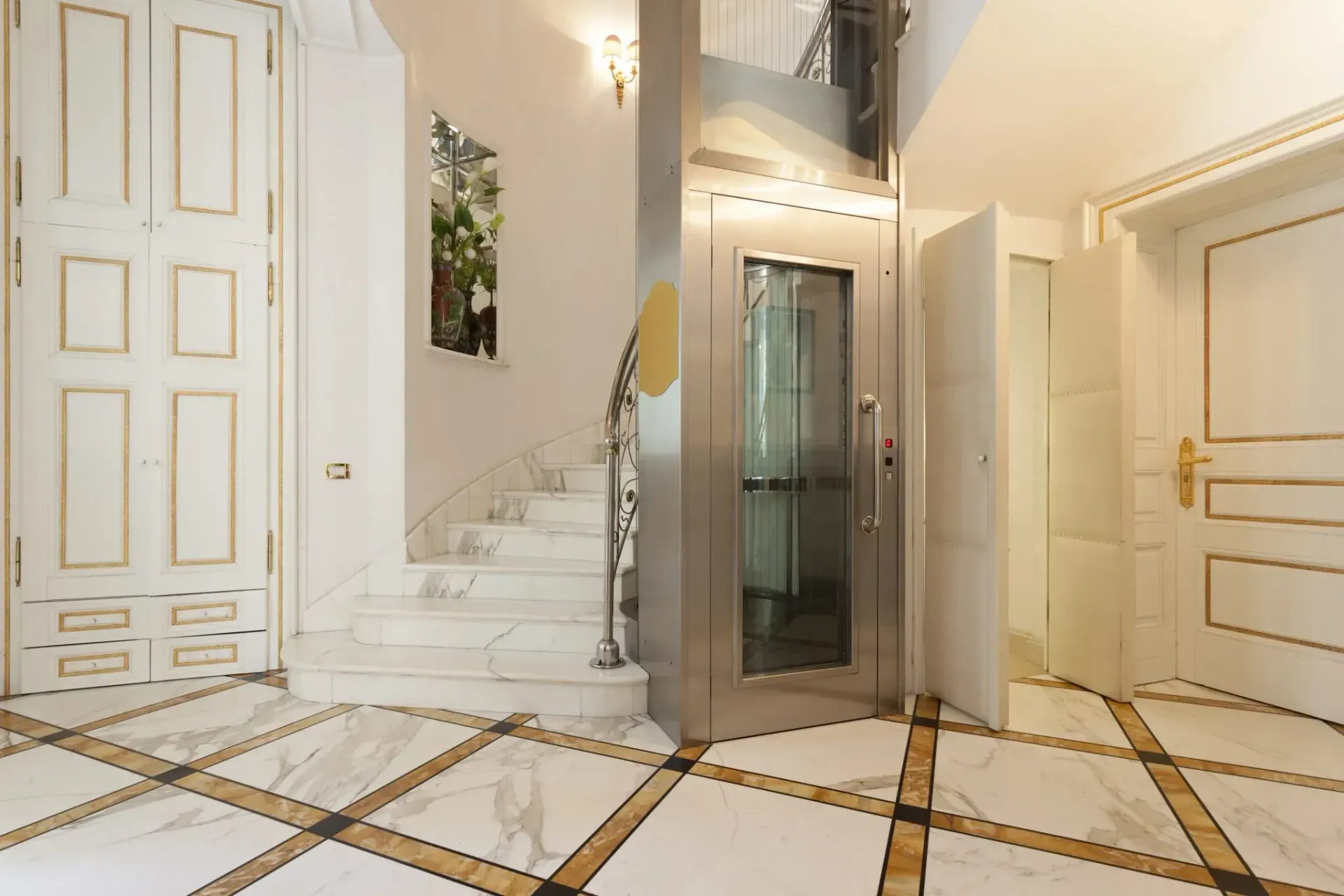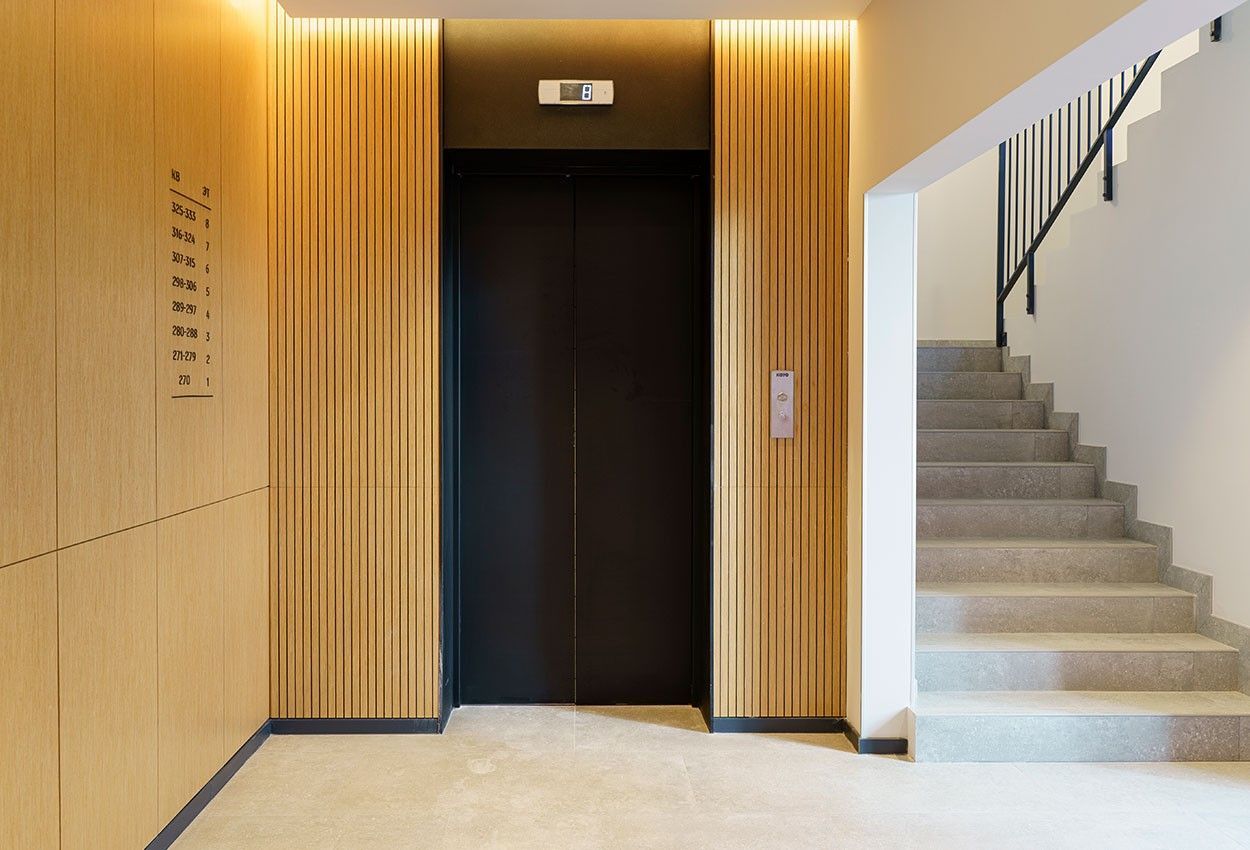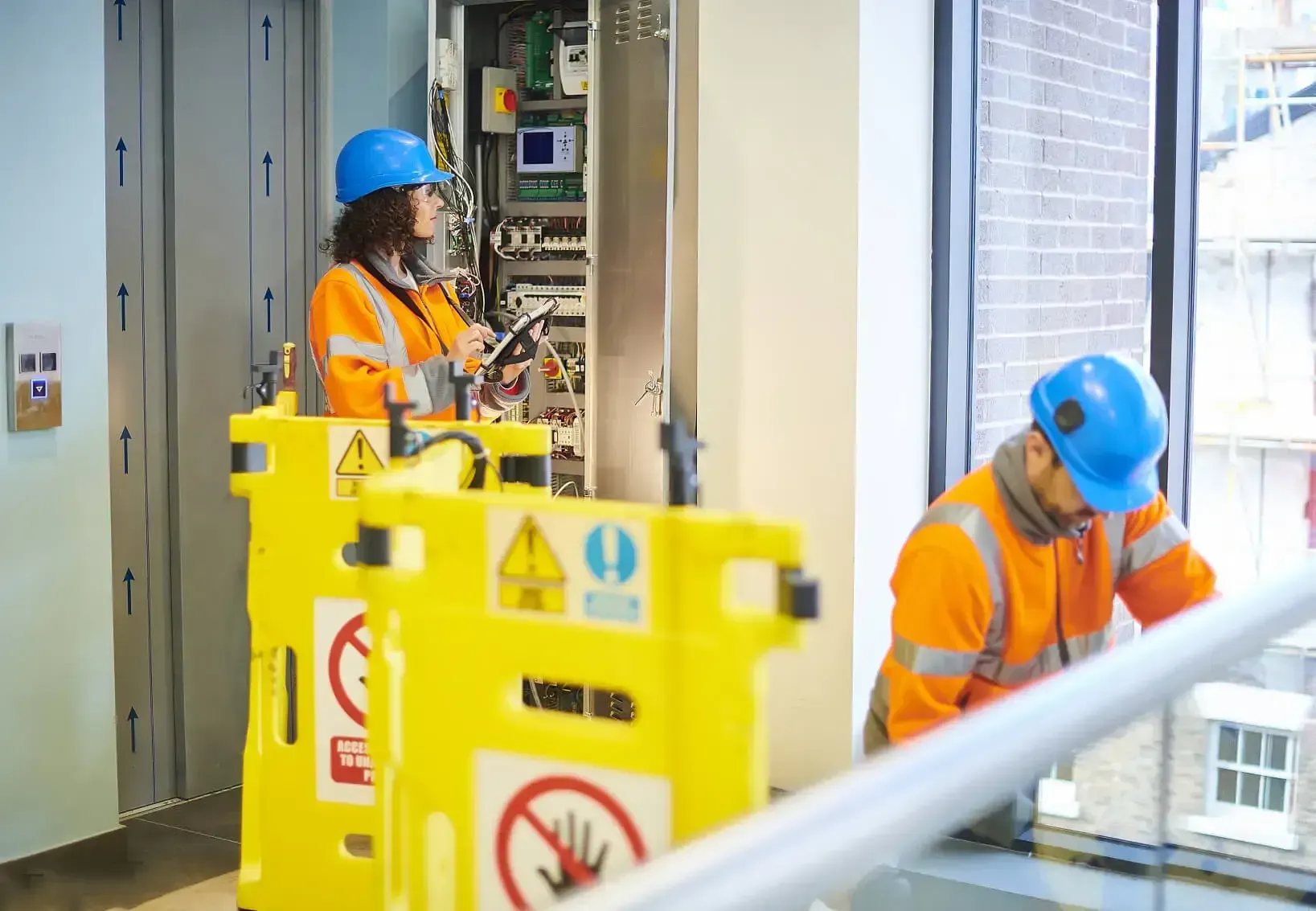How to Make Lifts Accessible and User-Friendly
From train stations to shopping centres, many commercial buildings that are comprised of one or more storeys will feature a lift. Lifts allow people to conveniently travel up or down from point A to point B, without the hassle of walking on copious amounts of stairs. More importantly, they offer a method of transportation for those who cannot take the stairs in the first place.
Due to the reliance many people have on lifts, especially those who may have impairments that make taking the stairs difficult, it is important that lift design is considered with accessibility in mind. Here are 3 ways this can be achieved.
Braille and Sound
For people who are partially or fully blind, most of their spatial awareness is reliant on sound and touch. Having braille, therefore, on the buttons inside a lift will give such people the ability to know which button leads to which floor, rather than accidentally pressing the wrong one and ending up on the wrong floor.
In addition to this, having some form of auditory indication that they can enter/leave the lift and have reached their desired floor is also useful. For example, if someone else were also on the lift and pressed the button to a different floor, then having an automated voice stating the name of the floor that the lift has reached will allow visually impaired individuals to know when they have reached the level they wish to get off at or if they must stay on the lift.
Handrails
Many lift interiors are simply sleek walls with buttons and maybe a mirror. Considering that they move, this can make lifts feel unstable for people who aren’t as steady on their feet for various reasons. This may be someone with crutches or a walking stick, elderly people, or even young children.
This is why it is a good idea to implement handrails in a lift, offering people more comfort and stability should they need it.
Button Placement
Perhaps more commonly overlooked is the placement of the control buttons within lifts. It’s all very well being able to access a lift in the first place, but being able to choose which level you wish to go to is also important - if you can’t it defeats the whole purpose!
The buttons should be low enough down that people are able to reach them with ease, such as people in a wheelchair, or people with achondroplasia (a condition that restricts growth). For the convenience of everyone, it may even be a good idea to install two sets of control buttons in the same lift - one lot on one side that is situated lower down, and another on the other side that is situated higher up.
Lift Suppliers
If you wish to install an accessible and user-friendly lift in your commercial building, then you need ADL Lift Services. With over 80 years of experience, we offer a range of services including lift installation, servicing and repairs across the UK.
To learn more about the services and high spec products we offer,
get in touch with us today.
